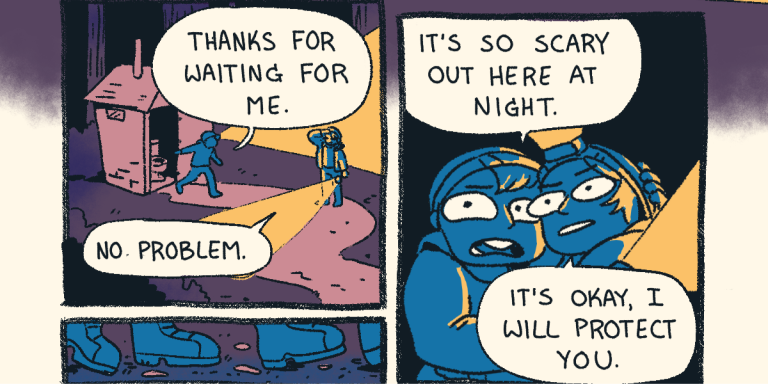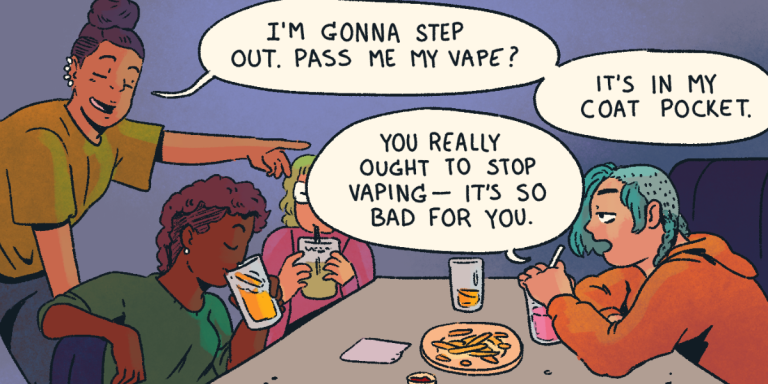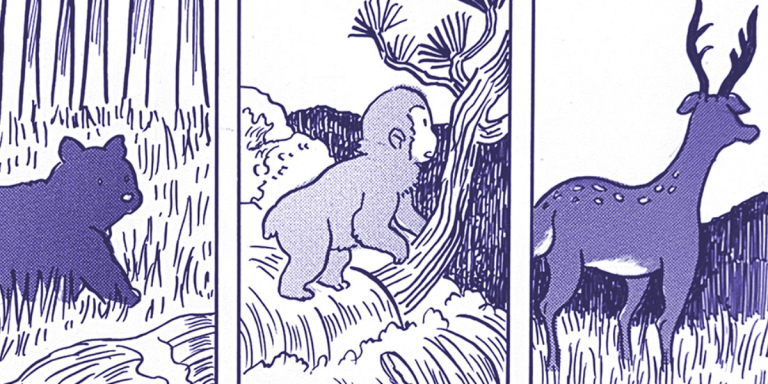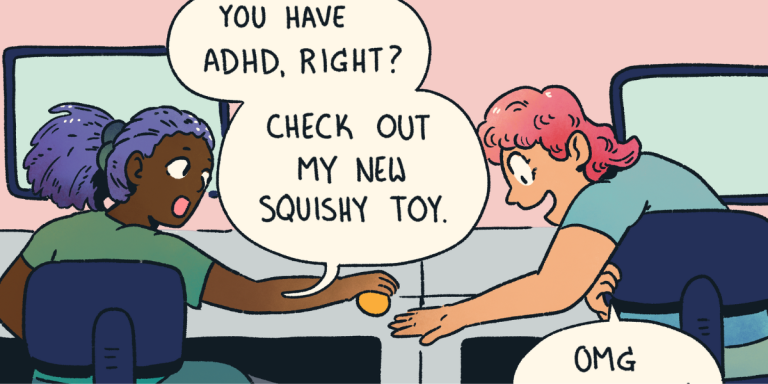geekery
‘Daggerheart’ Is a New, Even Queerer D&D From the Team Behind ‘Critical Role’
Rowan Zeoli
Jul 1, 2025










